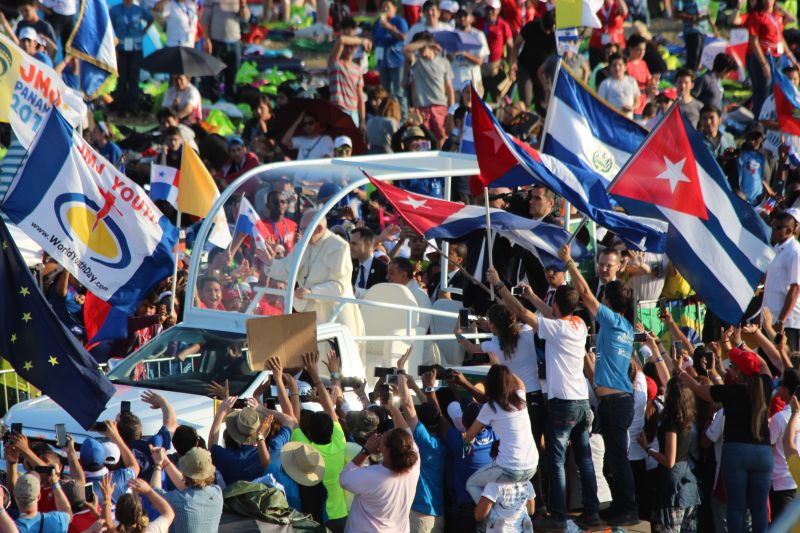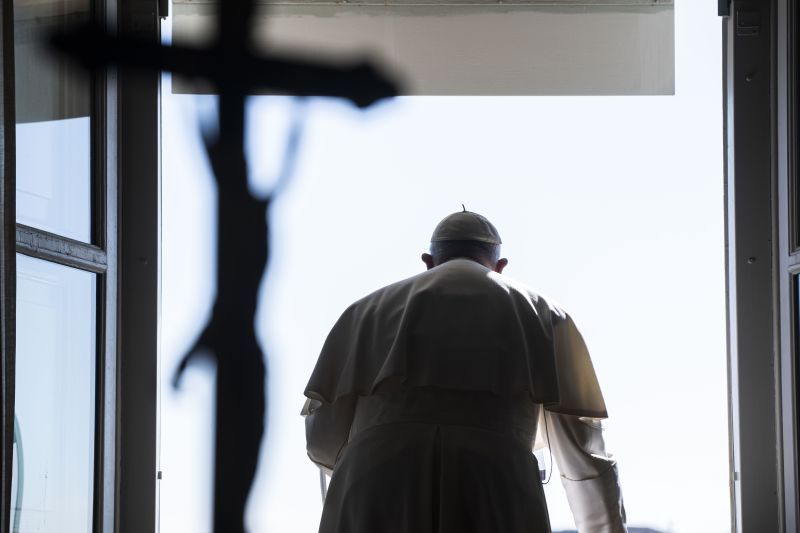St. Teresa of Ávila’s body remains incorrupt after almost 5 centuries
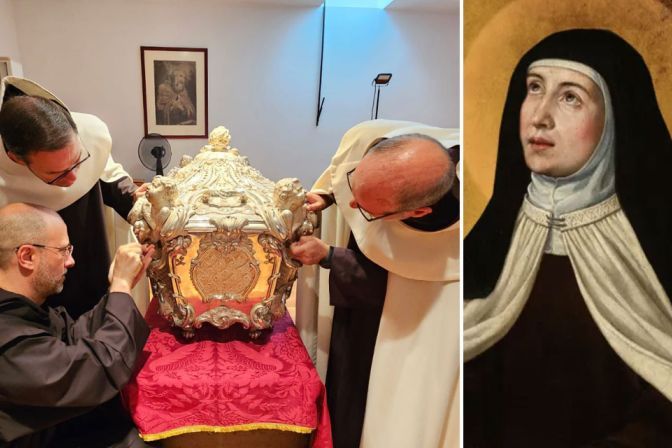
 Opening of the silver tomb of St. Teresa of Ávila; portrait of St. Teresa of Ávila / Credit: Order of Carmel
Opening of the silver tomb of St. Teresa of Ávila; portrait of St. Teresa of Ávila / Credit: Order of Carmel ACI Prensa Staff, Aug 29, 2024 / 14:09 pm (CNA).
The Diocese of Ávila in Spain reported Aug. 28 that the body of St. Teresa of Ávila, a doctor of the Church, remains incorrupt after her death on Oct. 4, 1582, almost five centuries ago.
“Today the tomb of St. Teresa was opened and we have verified that it is in the same condition as when it was last opened in 1914,” said the postulator general of the Discalced Carmelite Order, Father Marco Chiesa of the Carmelite Monastery of Alba de Tormes, where the remains of the revered Spanish saint rest.
Father Miguel Ángel González, the Carmelite prior of Alba de Tormes and Salamanca of the Diocese of Ávila, explained how the procedure was carried out: “The community of Discalced Carmelite mothers together with the postulator general of the order, the members of the ecclesiastical tribunal, and a small group of religious moved the reliquaries with stringency and solemnity to the place set up for study. We did it singing the Te Deum with our hearts full of emotion.”
The diocese explained that the event took place as part of the canonical recognition of the remains of St. Teresa of Ávila, requested from the Vatican on July 1 by the bishop of Salamanca, Luis Retana, with authorization granted by Pope Francis through the Dicastery for the Causes of Saints.
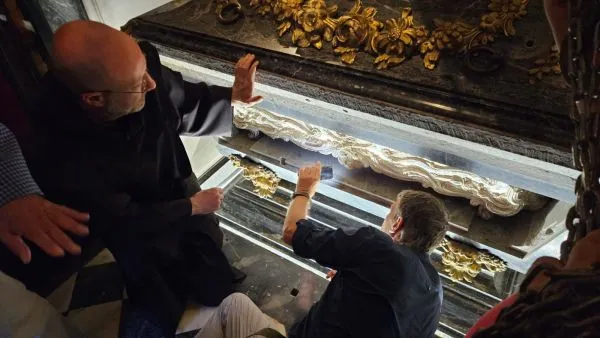
The process of studying the body, the heart, an arm, and a hand, the latter of which is preserved in the Spanish town of Ronda and which has been taken to Alba de Tormes for research, is taking place Aug. 28–31.
The diocese said that, in order to get to the body of St. Teresa, the marble slab of the sepulcher was first removed. Then — in the room set up for the studies and now only in the presence of the scientific medical team and the members of the ecclesiastical court — the silver coffin was opened.
The tribunal is made up of the Carmelite provincial of the Iberian Province of St. Teresa of Jesús in Spain, Father Francisco Sánchez Oreja; González; and the superior of the Daughters of Charity of Alba de Tormes, Sister Remigia Blázquez Martín.
The silver coffin was opened with the help of the goldsmiths Ignacio Manzano Martín and Constantino Martín Jaén, who will also be present on the last day of the work.
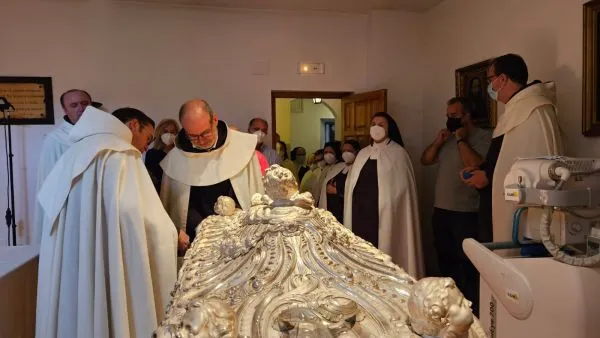
The Diocese of Ávila also revealed that 10 keys were used to open the tomb: “The three that are kept in Alba de Tormes, the three that the Duke of Alba lent them, and the three that the father general [a Discalced Carmelite] keeps in Rome, in addition to the king’s key. Three of these keys are to open the outer grille, three are to open the marble tomb, and the other four are to open the silver coffin.”
Chiesa pointed out that the images preserved from the 1914 examination are in black and white, so “it is difficult to make a comparison,” although “the parts uncovered, which are the face and the foot, are the same as they were in 1914.”
“There is no color, there is no skin color, because the skin is mummified, but you can see it, especially the middle of the face,” he noted. “The expert doctors can see Teresa’s face almost clearly.”
Three stages of the process
The first stage, opening and recognition, will take place until Aug. 31. In this phase, a team led by Dr. José Antonio Ruiz de Alegría from Madrid will take photos and X-rays as well as properly clean the reliquaries.
The second stage will be in laboratories in Italy for a few months, to then draw up the scientific conclusions. Finally, as a third stage, some interventions will be proposed to better preserve the remains.
Before the final closure, an appropriate time will be set aside so that the relics of St. Teresa can be venerated.
The 1914 opening
The previous opening of the tomb of St. Teresa of Jesús took place from Aug. 16–23, 1914. At that time the Diocese of Ávila stated that the body remained “completely incorrupt,” as occurred at the opening in 1750.
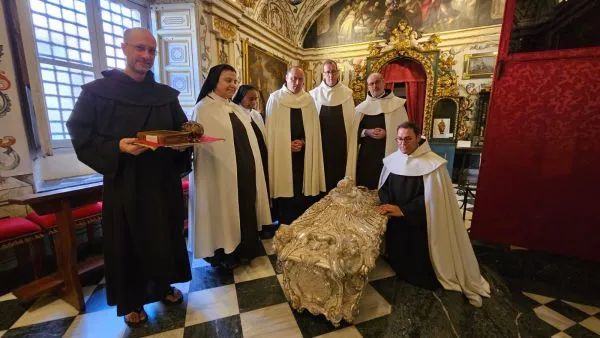
According to Carmelite Father Daniel de Pablo Maroto, the tomb was opened in 1914 because the superior general of the Discalced Carmelites, Father Clemente de los Santos, wanted to take advantage of his visit to Spain to see the bodies of the founding saints: St. John of the Cross in Segovia and St. Teresa in Alba de Tormes.
The study that is now underway with the remains of St. Teresa of Ávila will be similar to that carried out in 1991 with those of St. John of the Cross in Segovia on the occasion of the fourth centenary of his death.
Who was St. Teresa of Ávila?
The website of the general curia of the Discalced Carmelites explains that they recognize as their mother and founder St. Teresa of Jesús, also known as St. Teresa of Ávila, the first woman to become a doctor of the Church, who wanted to “preserve the continuity of Carmel” with the desire that “a new style of religious life would be born,” always “in fidelity to the Church.”
Born in Spain in 1515, St. Teresa of Ávila was also a mystic and writer of Jewish descent, recognized both for her contribution to Catholic spirituality and to Spanish literature.
A famous saying of hers is: “Let nothing trouble you, let nothing frighten you. Everything passes, God does not change. Patience achieves everything. Whoever has God lacks for nothing. God alone is enough.”
This story was first published by ACI Prensa, CNA’s Spanish-language news partner. It has been translated and adapted by CNA.




